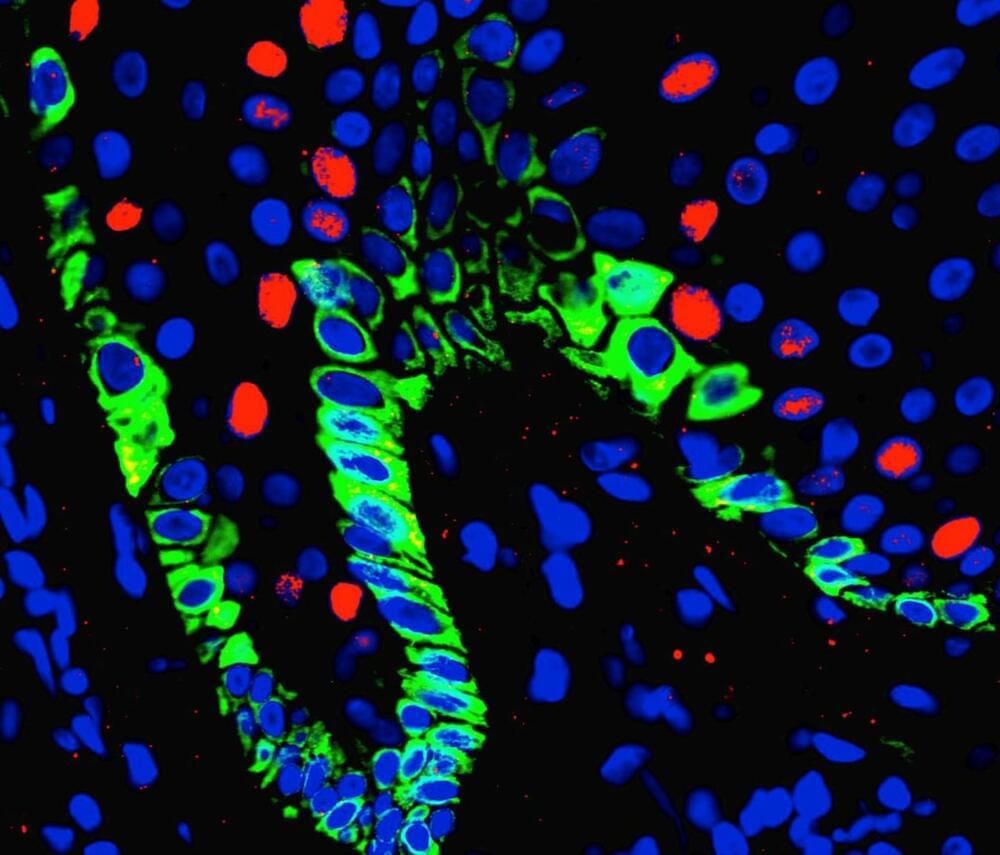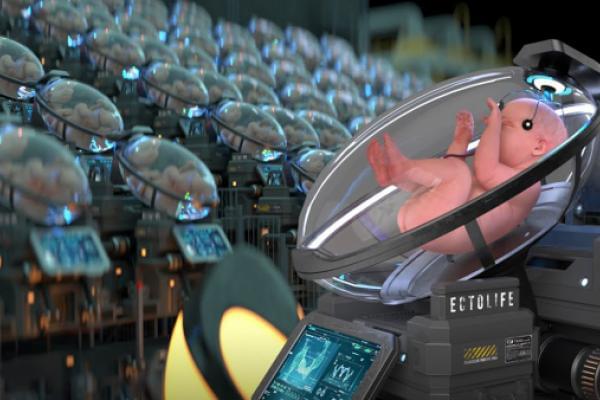It’s this or the doctor needs to practice good penmanship…
The feature can detect medications in hastily scrawled scripts.
It’s this or the doctor needs to practice good penmanship…
The feature can detect medications in hastily scrawled scripts.
In what could be the first direct link between AI and the human brain, interventional neurologist Thomas Oxley reveals the world’s first minimally invasive digital spinal cord. He shares the exciting story behind the ongoing development of this unique wireless device that can interpret signals from the brain for patients with paralysis without the need for open brain surgery or direct contact with brain tissue. Endovascular neurologist Thomas Oxley’s 2016 research demonstrated the potential for a neural recording device to be engineered onto a stent and implanted into a blood vessel in the brain, without the need for open brain surgery.
This research has progressively attracted investment, with completion of a Series A fundraiser in 2017. His company’s technology, the Stentrode, currently under FDA review, is planned for a first in human trial. Patients with tetraplegia due to spinal cord injury, stroke and ALS will be recruited into a trial of direct brain control over a suite of assistive technologies. This talk was given at a TEDx event using the TED conference format but independently organized by a local community.



Throughout our lives, our skin goes through a lot. We get sunburns, we skin our knees, we bleed, we scar and we do it again. Our skin is our largest organ and, in many ways, serves as our protector. Beyond acting as a protective barrier between us and our environment, our skin regulates our body temperature, provides immune protection against harmful microbes and blocks out harmful sunlight in ways that benefit the whole body. And when skin is injured, blood brings healing substances to the site to promote healing as the body awaits new, replacement skin cells.
Regardless of scrapes and scratches, skin cells are constantly renewing themselves throughout our lives — a process reliant on skin stem cells. These skin stem cells turn over slowly, keeping our skin healthy and young. But as we age, these skin stem cells either numerically or functionally deplete, our skin thins and we are consequentially at higher risk for developing ulcers. The older the skin, the harder it is to heal these ulcers, meaning they can become chronic, open wounds that impact lifestyle and invite infection.
But what if we could activate a skin stem cell to be more responsive to injury? To get an 80-year-old’s skin to function like a 30-year-old’s skin? Could we reverse skin stem cell age-related deterioration and improve their turnover? What if we could do so in a way that healed wounds regeneratively, without any scarring? With these questions in mind, a collaborative team of researchers from the Mass General Brigham, Boston Children’s Hospital, and four additional Harvard institutions set off to study these powerful cells.

Partial somatic cell reprogramming has been touted as a promising rejuvenation strategy. However, its association with mechanisms of aging and longevity at the molecular level remains unclear. We identified a robust transcriptomic signature of reprogramming in mouse and human cells that revealed co-regulation of genes associated with reprogramming and response to lifespan-extending interventions, including those related to DNA repair and inflammation. We found that age-related gene expression changes were reversed during reprogramming, as confirmed by transcriptomic aging clocks. The longevity and rejuvenation effects induced by reprogramming in the transcriptome were mainly independent of pluripotency gain. Decoupling of these processes allowed predicting interventions mimicking reprogramming-induced rejuvenation (RIR) without affecting somatic cell identity, including an anti-inflammatory compound osthol, ATG5 overexpression, and C6ORF223 knockout. Overall, we revealed specific molecular mechanisms associated with RIR at the gene expression level and developed tools for discovering interventions that support the rejuvenation effect of reprogramming without posing the risk of neoplasia.
Aging is associated with the buildup of molecular damage and a gradual loss of function, culminating in chronic age-related diseases and ultimately death (1). Searching for safe and efficient interventions that can slow down or partially reverse the aging process is a major challenge in the aging field (2 – 6). In this regard, reprogramming of somatic cells into induced pluripotent stem cells (iPSCs) has been proposed as a candidate longevity intervention due to its potential to rejuvenate cells in a targeted way (7, 8).
Pluripotency can be achieved in vitro by the ectopic expression of four transcription factors: OCT4, SOX2, KLF4, and MYC, known as OSKM or Yamanaka factors (YFs). It was demonstrated that OSKM support the generation of murine iPSCs using retroviral transduction as a delivery system and mouse embryonic fibroblasts (MEF) as the initial cell culture. Although this original experiment was inefficient in terms of the percentage of cells that terminally achieved the pluripotent state (0.1%), more advanced in vitro approaches resulted in a greatly improved efficiency, e.g. by down-regulation of methyl CpG-binding domain 3 (MBD3) levels (10). In parallel, other approaches have been developed to induce pluripotency. In particular, the expression of seven other transcription factors (7F: Jdp2-Jhdm1b-Mkk6-Glis1-Nanog-Essrb-Sall4) resulted in high efficiency of reprogramming (11).

Giving children the nasal flu vaccine may help protect them against strep A, according to analysis by the UK Health Security Agency.
UKHSA pilot scheme shows strep A infections lower in areas where nasal vaccine offered to all young children.

😗
Billionaire Elon Musk has frequently spoken about his concerns about underpopulation. He has mentioned that people should focus on having more babies to resolve the problem of low birth rates and population collapse.
Earlier this year, Musk shared how the COVID-19 pandemic has resulted in a lower birth rate instead of the “baby boom” expected due to people being forced to stay indoors.
Now, a birthing facility could answer Musk’s concerns about the world’s low birth rates. The world’s first artificial womb facility, EctoLife, promises to produce customized babies.

A large portion of people on the planet is infected with the parasite Toxoplasma. Now, a study headed by scientists at Stockholm University demonstrates how this tiny parasite spreads so successfully throughout the body, for example to the brain. The parasite infects immune cells and hijacks their identity. The research was recently published in the journal Cell Host & Microbe.
The various roles of immune cells in the body are very strictly regulated in order to combat infections. How Toxoplasma infects so many people and animal species and spreads so quickly has long been a mystery to scientists.
“We have now discovered a protein that the parasite uses to reprogram the immune system”, says Arne ten Hoeve, a researcher at the Department of Molecular Biosciences, Wenner-Gren Institute at Stockholm University.
A team of scientists has uncovered the physical principles—a series of forces and hydrodynamic flows—that help ensure the proper functioning of life’s blueprint. Its discovery provides new insights into the genome while potentially offering a new means to spot genomic aberrations linked to developmental disorders and human diseases.
“The way in which the genome is organized and packed inside the nucleus directly affects its biological function, yet the physical principles behind this organization are far from understood,” explains Alexandra Zidovska, an associate professor in New York University’s Department of Physics and an author of the paper, which appears in the journal Physical Review X (PRX). “Our results provide fundamental insights into the biophysical origins of the organization of the genome inside the cell nucleus.”
“Such knowledge is crucial for understanding the genome’s function,” adds David Saintillan, a professor at the University of California San Diego’s Department of Mechanical and Aerospace Engineering and an author of the paper.